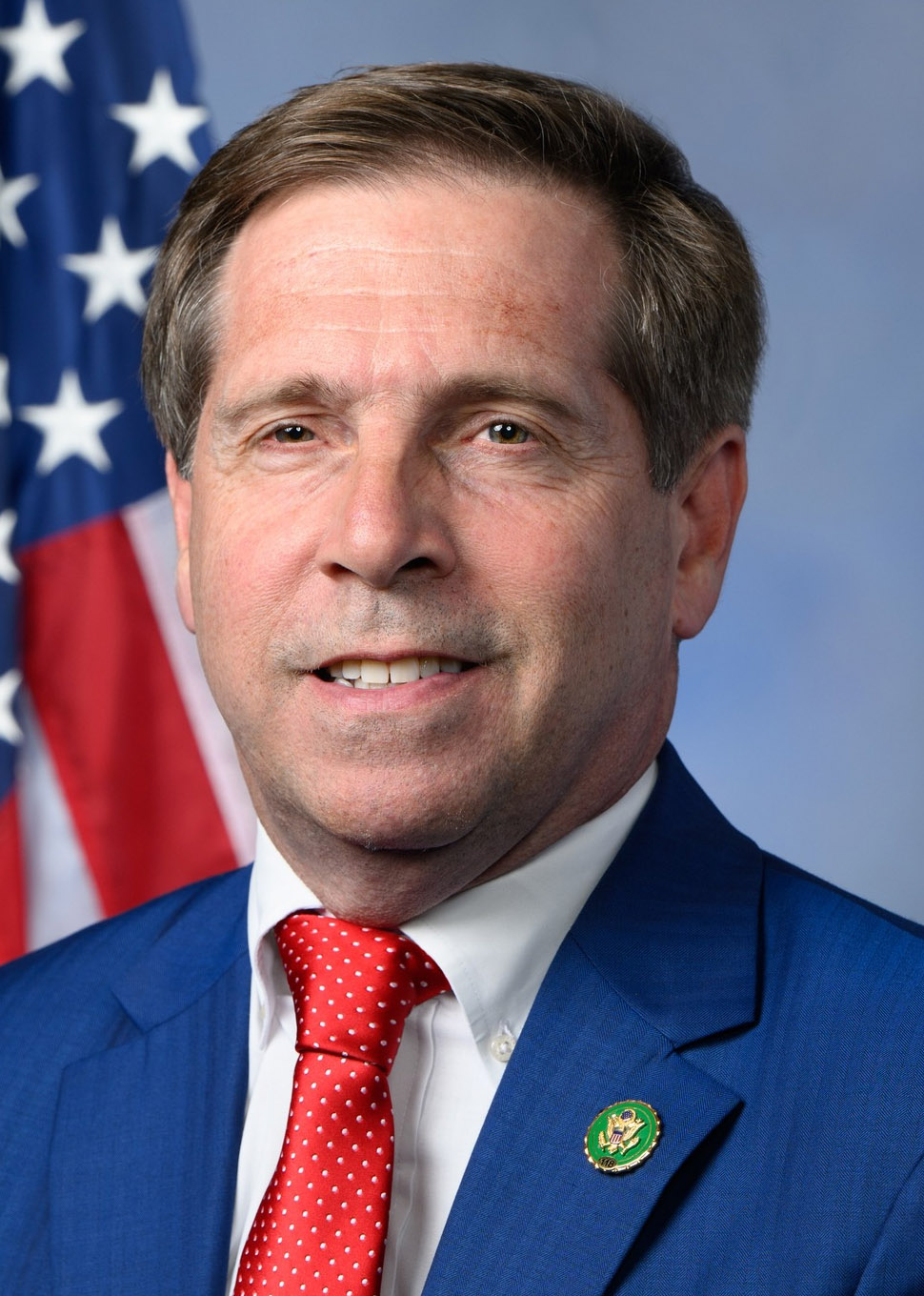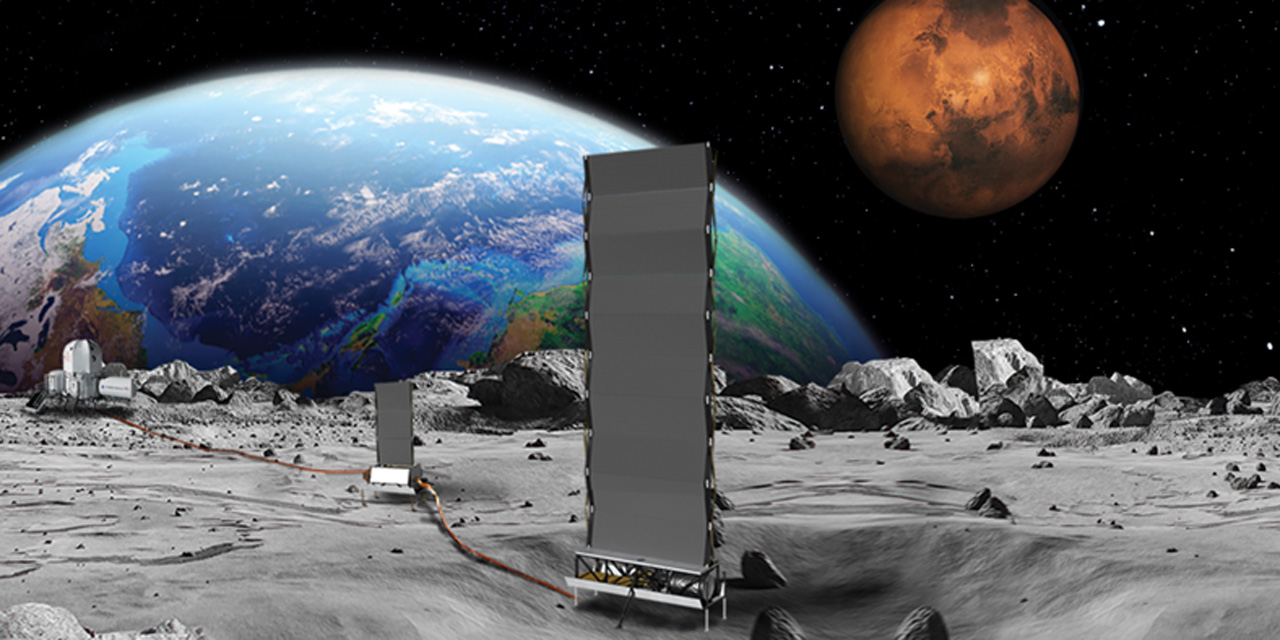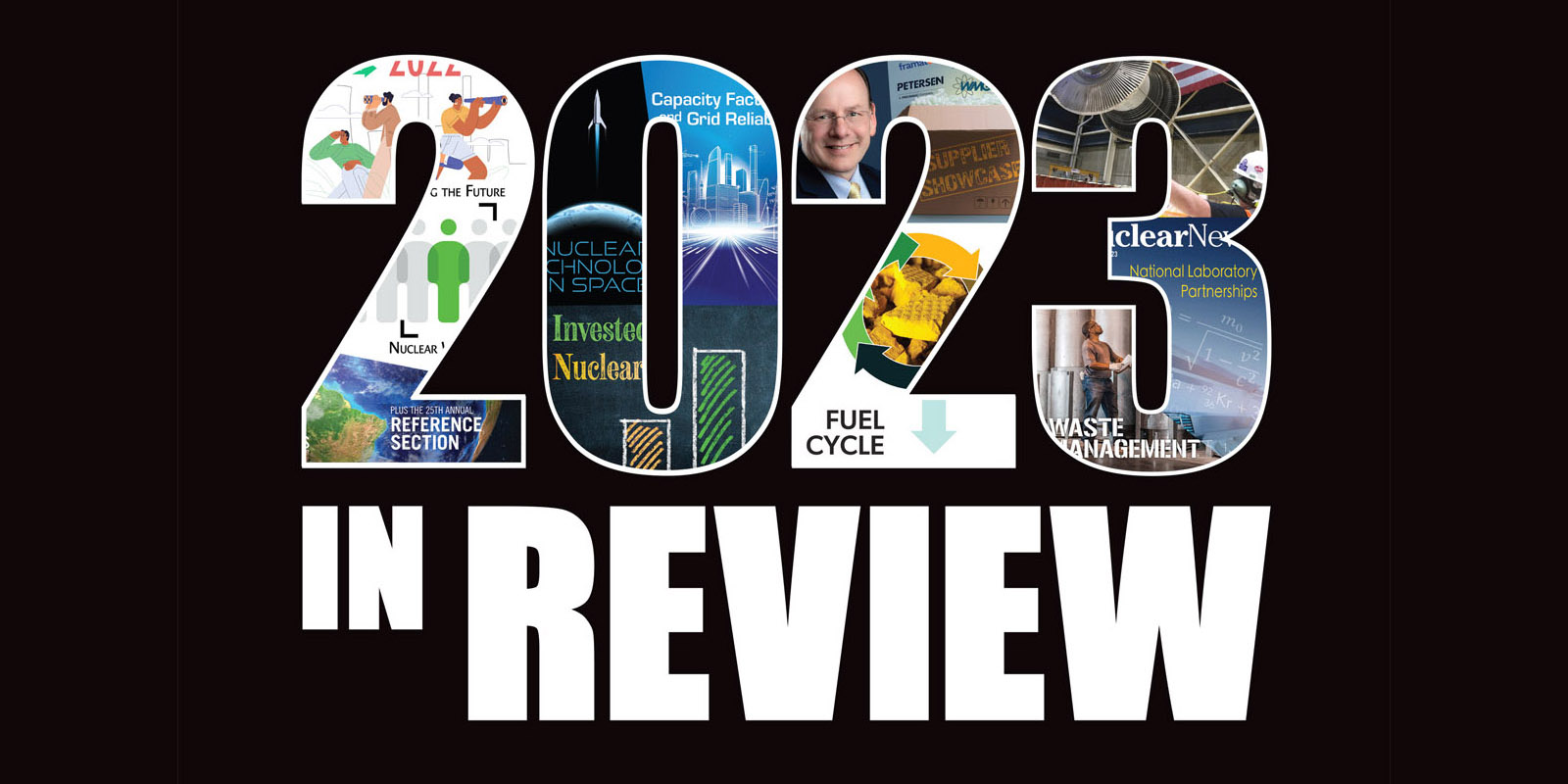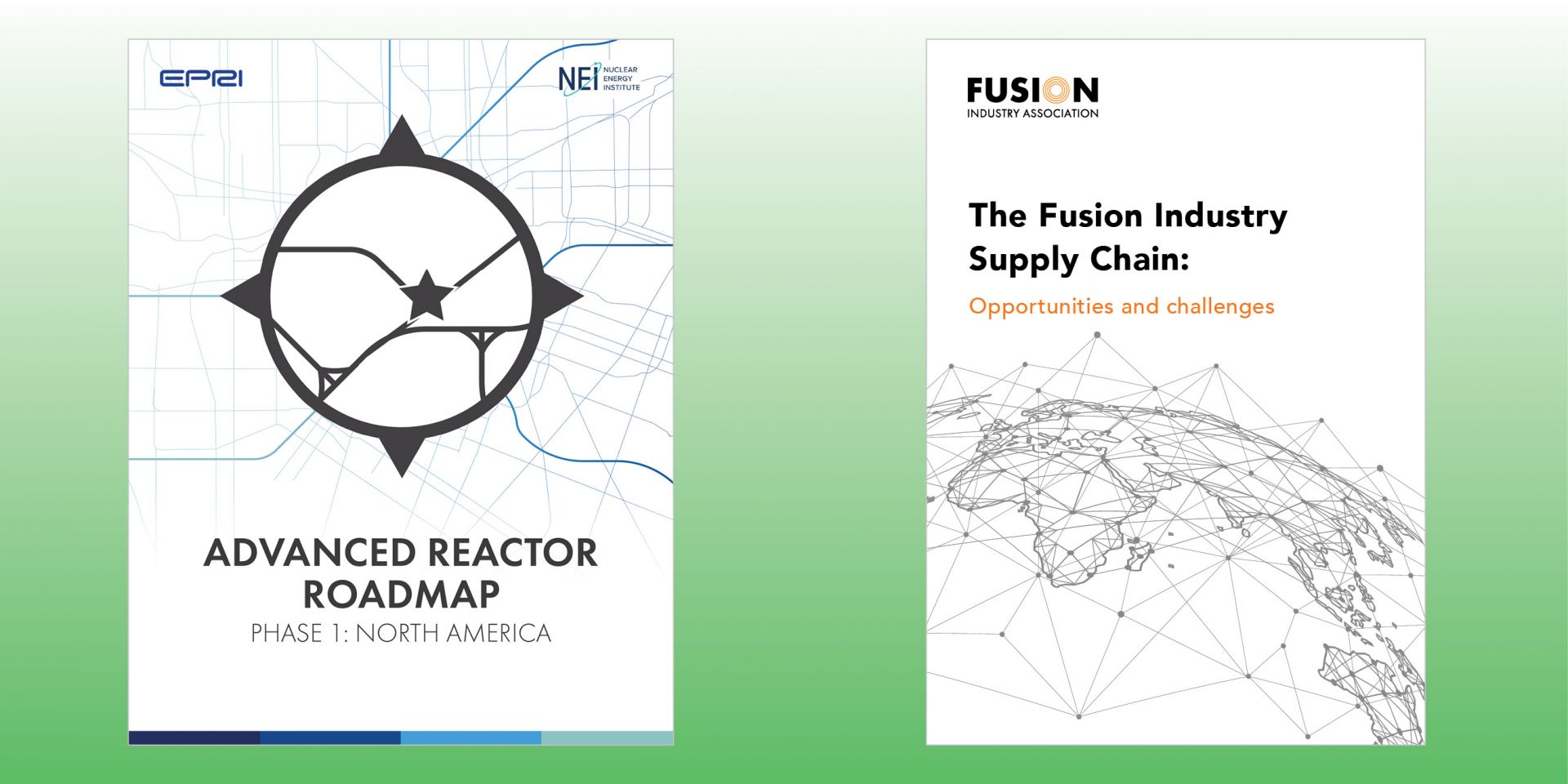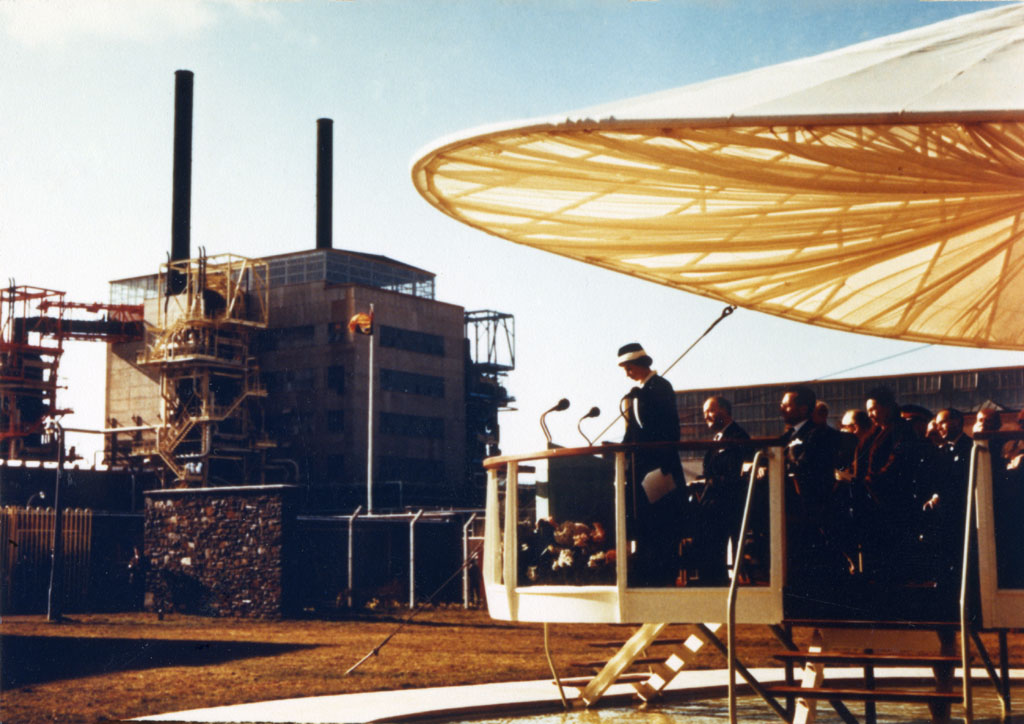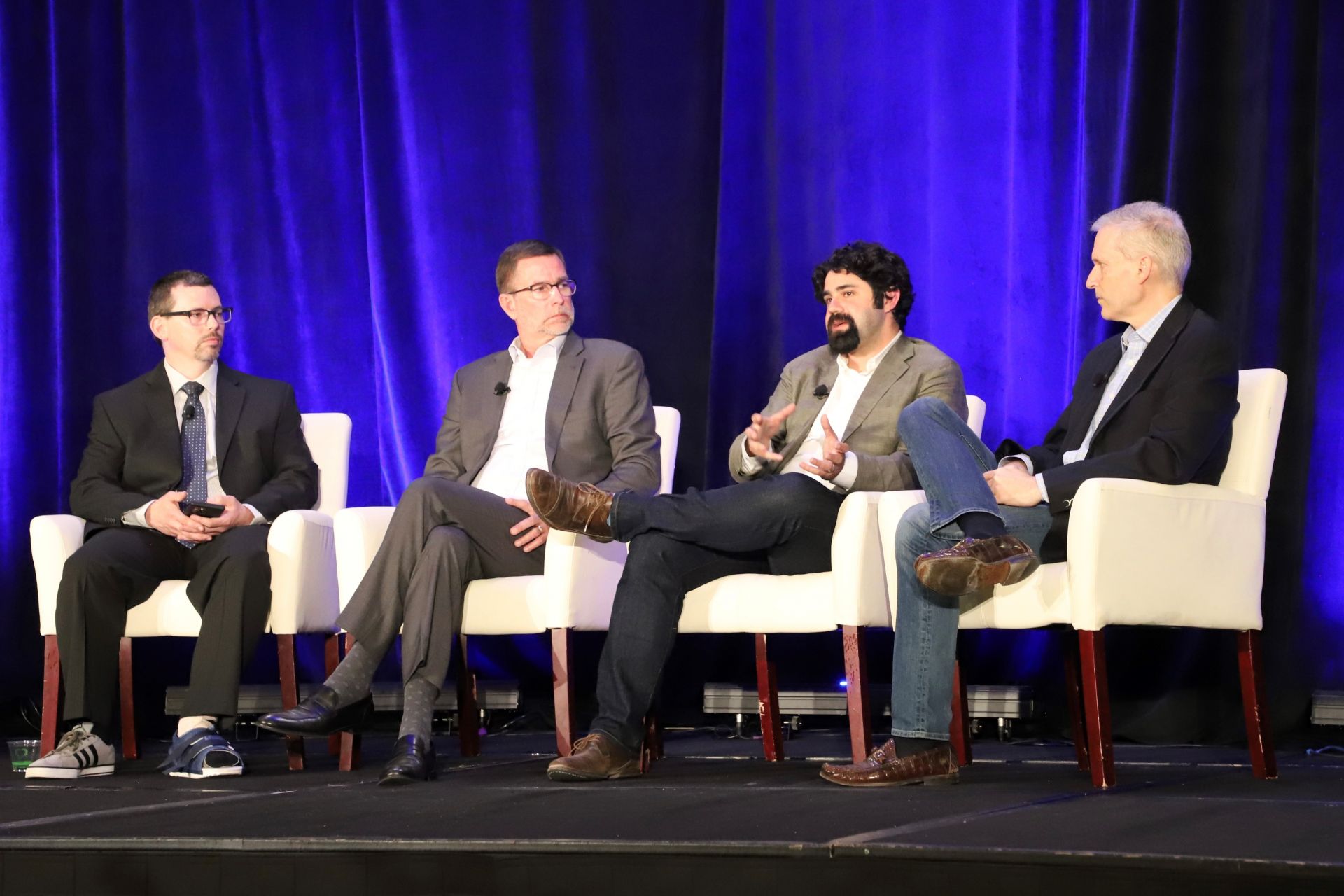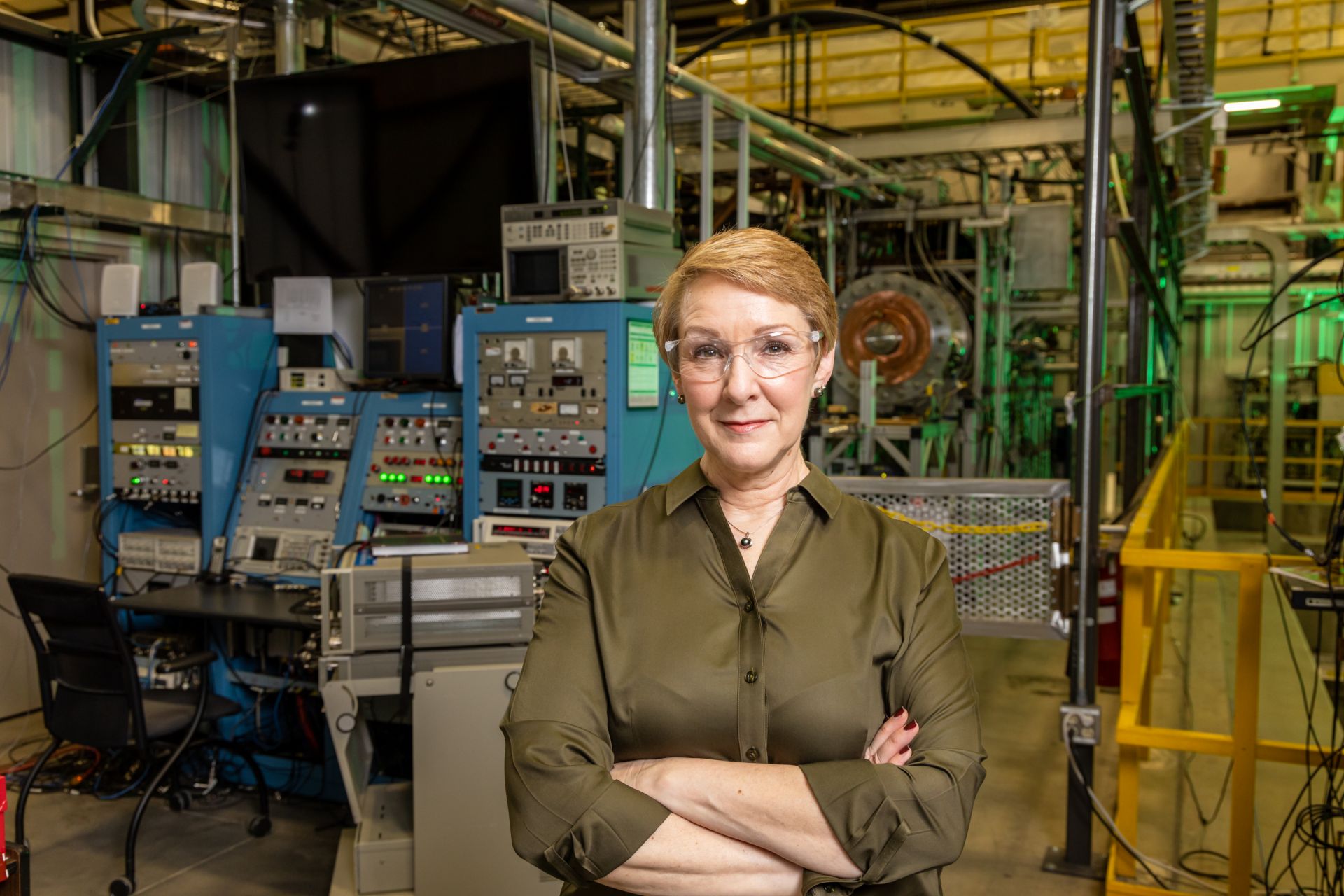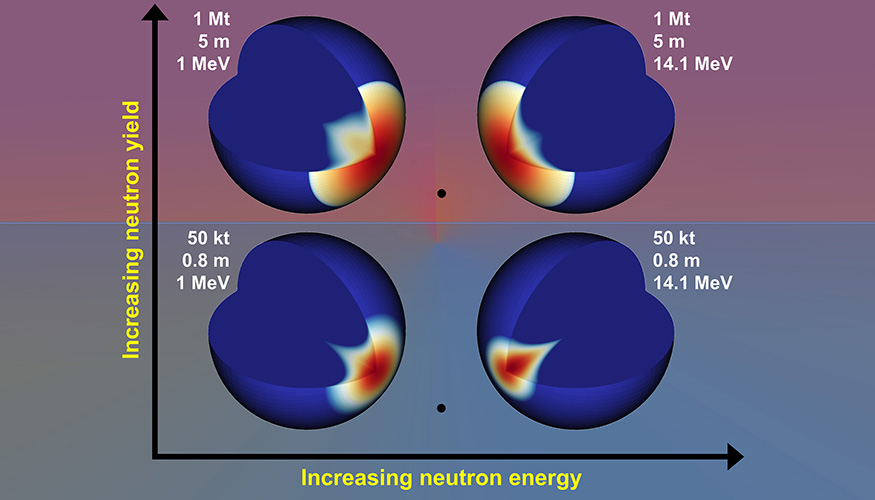A concept image of NASA’s Fission Surface Power Project. (Image: NASA)
Imagine what our world would be like today without the benefits of electric energy. Think of the inventions and technologies that never would have been. Think of a world without power grids and the electricity that makes them run. Without this power, we’d find it difficult to maintain our industrial and manufacturing bases or enable advancements in the fields of medicine, communications, and computing.
Now consider the moon, our closest celestial neighbor about which we still know so little, waiting for modern-day explorers in spacesuits to unveil its secrets. Lunar exploration and a future lunar economy require reliable, long-lasting, clean sources of power. Nuclear fission answers that call. When assessing the application of nuclear power in space, three Ps should be considered: the present, the potential, and the partnerships.
Queen Elizabeth II visits Calder Hall for its ceremonial opening in 1956. (Photo: U.K. Nuclear Decommissioning Authority)
As citizens of the United Kingdom and others around the world mourn the death of Queen Elizabeth II, many have reflected on how the world has changed during the seven decades of the queen’s reign—the same decades that saw the rise of civilian nuclear power.
Calder Hall was already under construction at the Sellafield site in West Cumbria when Princess Elizabeth became queen in 1953. Queen Elizabeth traveled to the site in October 1956 and declared, in a televised ceremony, that “It is with pride that I now open Calder Hall, Britain’s first atomic power station.” Watch the fanfare in a historical clip uploaded to YouTube by Sellafield Ltd below.
Panelists (from left) Adam Stein, Jon Ball, Mike Laufer, and Michl Binderbauer during the Breaking Through: Assessing the Current State and Prospects of Nuclear Innovation in the Race to Decarbonize session at the ANS Annual Meeting.
If nuclear innovators are in a race to decarbonize, it is a race with one finish line—affordable, clean, and reliable power—and many ways to get there. Over 40 fission developers and 20 fusion developers are in the running, and while attendees of the June 13 ANS Annual Meeting executive session on Breaking Through: Assessing the Current State and Prospects of Nuclear Innovation in the Race to Decarbonize heard from representatives of just three of those companies, they presented very different designs and deployment approaches, aptly reflecting the broader diversity of nuclear power innovation.
Session chair Adam Stein, director of nuclear energy innovation at the Breakthrough Institute, welcomed representatives from an advanced non–light water reactor developer (Mike Laufer, Kairos Power), a small modular light water reactor developer (Jon Ball, GE Hitachi Nuclear Energy), and a fusion power developer (Michl Binderbauer, TAE Technologies). Together they explored the challenge of engineering a significant commercial scale-up of advanced nuclear technology by the end of the decade, tackling questions of cost, schedule, supply chain, regulation, and more.
ORNL associate laboratory director Kathy McCarthy at the prototype which led to the Material Plasma Exposure eXperiment (MPEX), a device that will support fusion materials research. Photo: ORNL
Oak Ridge National Laboratory has a long record of advancing fusion and fission science and technology. Today, the lab is focused more than ever on taking advantage of that spectrum of nuclear experience to accelerate a viable path to fusion energy and to speed efficient deployment of advanced nuclear technologies to today’s power plants and future fission systems.
In this illustration of the effects of two neutron yields (50 kt and 1 Mt) and two neutron energies (14.1 MeV and 1 MeV), the black dots represent the location of a nuclear device. Dark blue indicates where the asteroid remains solid, while all other colors show where material has been melted or vaporized. The illustration depicts asteroids with 0.8-m and 5-m diameters—much smaller than the 300-m asteroid simulated in the study—to enhance the visibility of the area of the energy deposition. Image: LLNL
A research collaboration between Lawrence Livermore National Laboratory and the Air Force Institute of Technology (AFIT) has investigated how the neutron energy generated by the detonation of a nuclear device could affect the path and speed of an asteroid on a collision course with Earth by melting and vaporizing a portion of the asteroid. The research, which compared the deflection caused by two different neutron energies—14.1 MeV and 1 MeV, representing fusion and fission neutrons, respectively—is described in an article published by LLNL on April 8.




